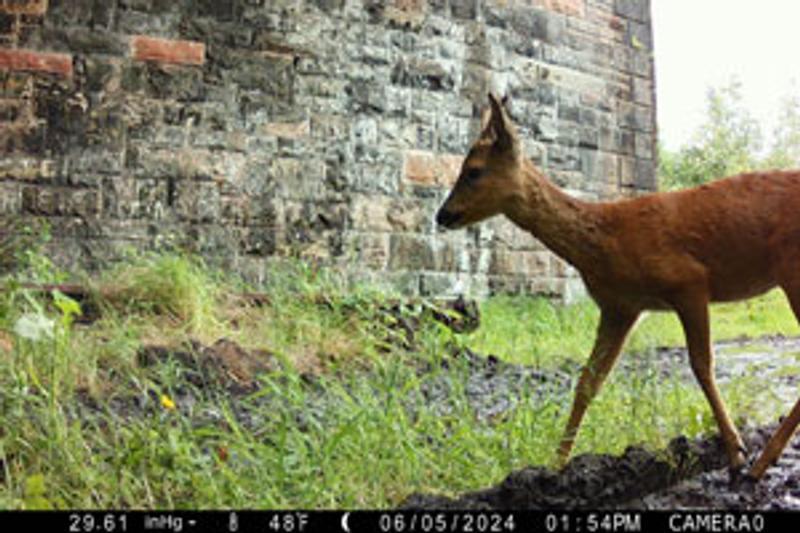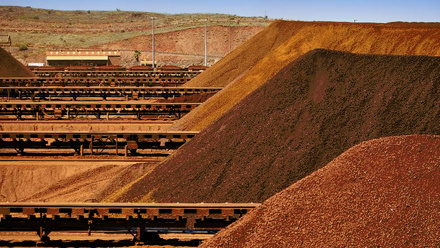Brownfield sites could ‘play an important part in increasing biodiversity’
A two-year study on the environmental importance of brownfield sites is being coordinated in Scotland.

Regular disturbance at brownfield sites, such as earth movement during development and vegetation removal, could play an important part in increasing biodiversity as it can mimic natural ecosystem processes.This is according to recent studies say National Highways’ Historical Railways Estate (HRE).
The HRE, contractor Balfour Beatty and Edinburgh Napier University are using innovative methods to get a detailed picture of biodiversity at five trial HRE sites.
Edinburgh Napier University Project Lead, Jennifer Dodd, says, ‘We will use microphones to record sounds in the air and in the soil, often called passive acoustic monitoring, and link this information with the results from other assessment approaches… leading to evidence-driven approaches for the recovery and conservation of our precious biodiversity.’
The sites chosen vary and include:
- A mix of overbridges, tunnel and retained land in Greenock.
- A similar mix of features at a site in Glasgow
- An overbridge in Williamwood
- An overbridge spanning a former railway in Glencorse.
- A viaduct in Bonnyrigg
Following the surveys, guidelines will be produced, with the aim of enhancing biodiversity at each of the sites, as well as other brownfield sites across the HRE.







